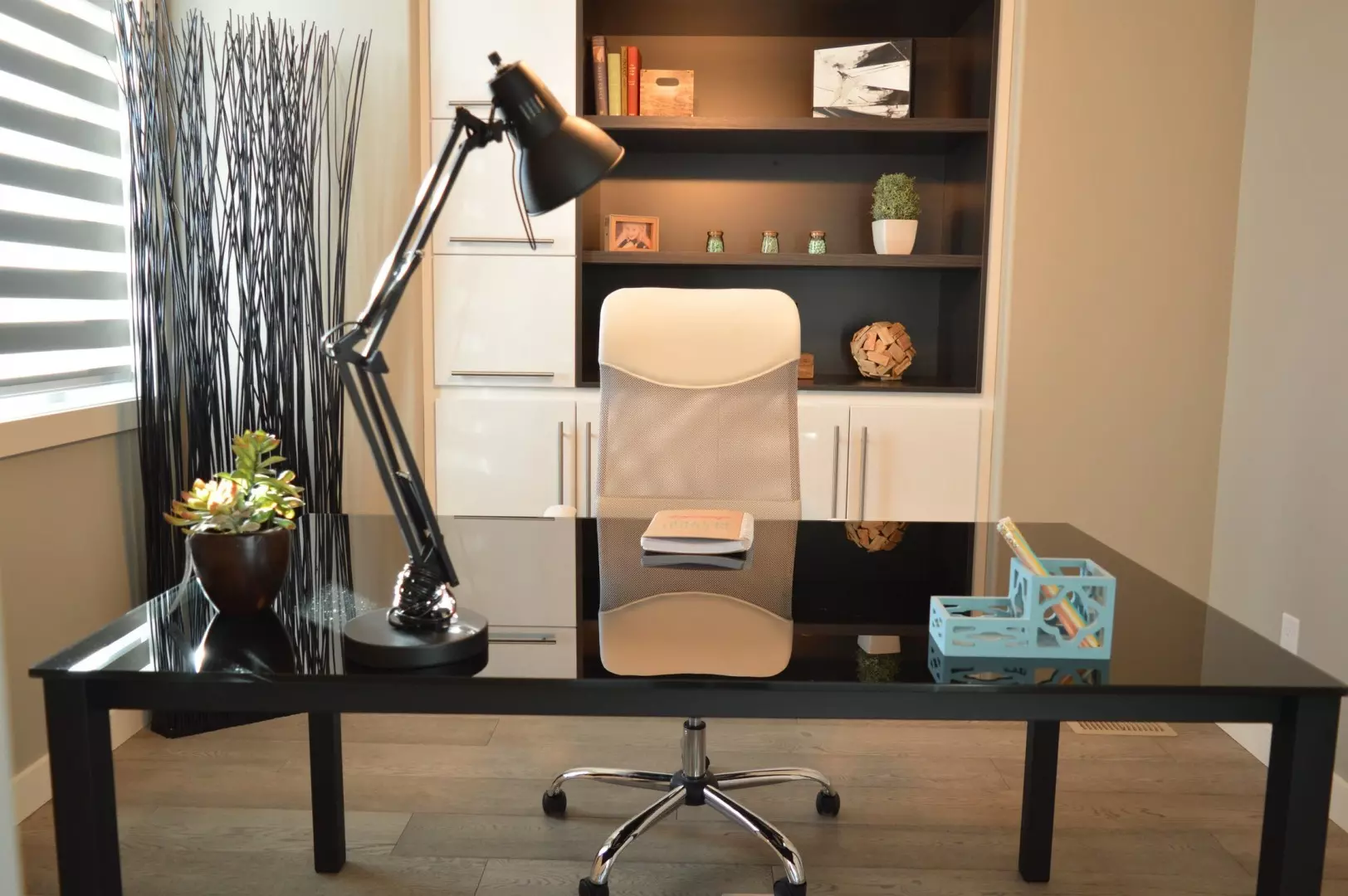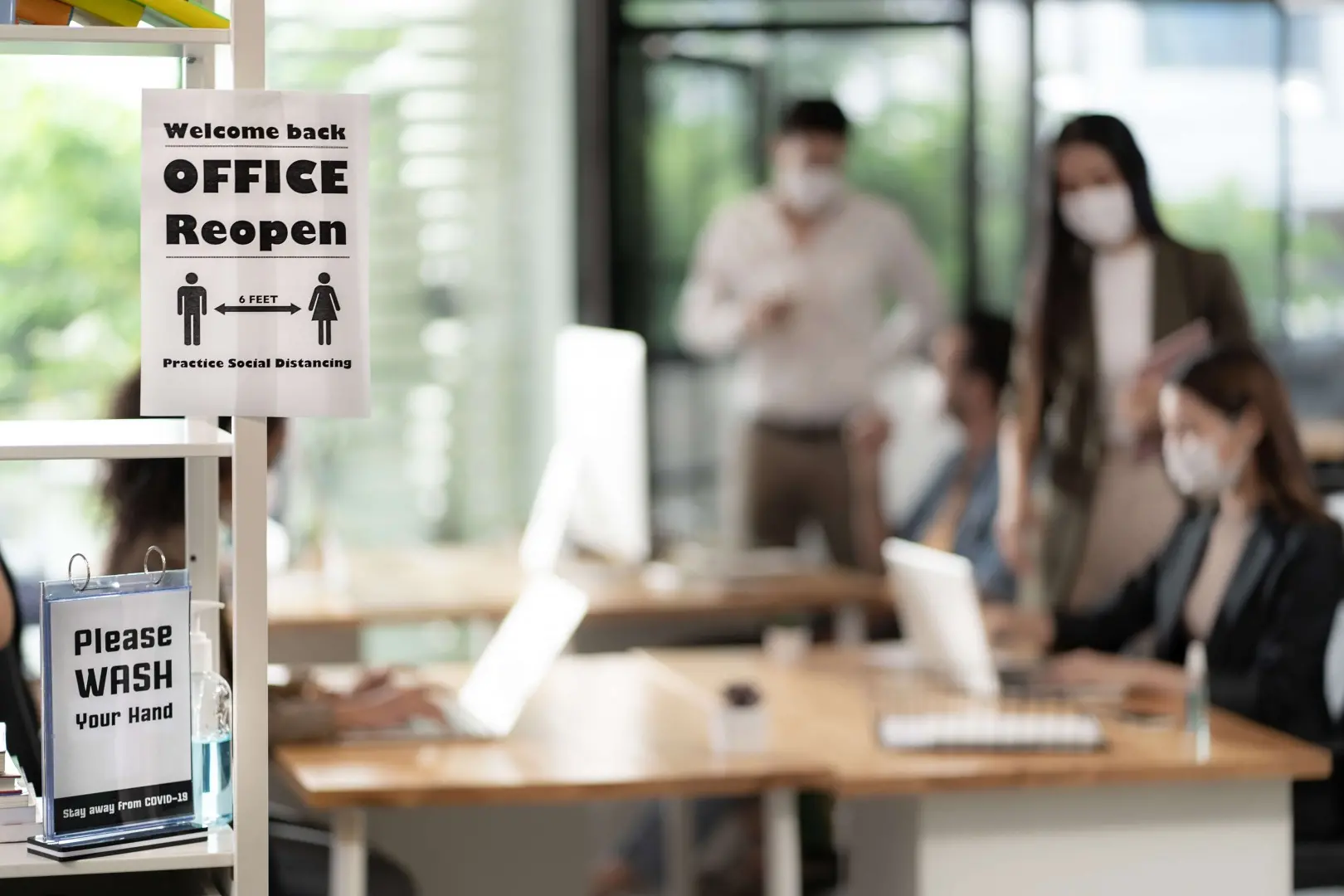Comments
- No comments found

The COVID-19 pandemic has brought about drastic changes in daily life and the workplace.
In the work environment in particular, there have been significant changes in where and how people work. Many have found these changes to be challenging, especially with the shift to remote work. But with the world slowly recovering from the pandemic, businesses are considering returning to in-office operations, where their employees can have the convenience of on-premise technical support and better hardware.
Despite the slow return to normalcy, there will inevitably be changes and new trends within the workplace. Among these is the necessity for businesses to make modifications to ensure that their employees stay safe and healthy while working in the office. Implementing social distancing protocols is one way to do this, but there’s no way of guaranteeing that this will be strictly enforced and followed all throughout. For that reason, companies must invest in certain technologies to guarantee their employees’ safety.
Here are several essential technologies you may want to implement in your office post-COVID.

To prevent the chances of airborne COVID-19 exposure among your employees, you should ensure that the office has proper ventilation. A poorly ventilated space is one where the virus is likely to spread, so something as simple as opening windows to bring in outdoor air can help prevent that.
If your office has a mechanical ventilation system, consider upgrading the filter it uses. Nowadays, there are better filters that can capture a greater number of droplets or aerosol particles, thus providing a safer and cleaner environment for your office. If you're uncertain about the commercial air filtration system cost, you can consult HVAC professionals and various reputable companies to check your options and see which one best fits your budget.
If you can’t implement the above tips for some reason, the next best option would be to get a portable air cleaner with a HEPA (high-efficiency particulate air) filter. This would be a good addition for your office, as air purifiers with HEPA filtration are believed to remove at least 99.97% of airborne particles.
With contact tracing applications, your company can easily collect workplace data, assess exposure trends, and identify employees who might have been exposed to infected individuals. This data will allow your business to understand the risk of infection in the office and thus implement better safety measures and protocols in the workplace.
Digital signage has been a staple in a number of modern companies, and you may want to consider using it in yours, especially in a post-pandemic workplace. From safety protocols to company guidelines and announcements, digital signage is an essential element of a good communication strategy in a post-COVID workplace.
Having digital signage in the lobby could provide both employees and guests with a simplified and user-friendly method for registration and wayfinding. Within the workplace, it can help employees check conference room availability, schedule meetings from any location in the building, and see occupancy limits and other health guidelines. Company leaders also benefit from digital signage, as it allows them to communicate and customize messages to their team, whether company-wide or in specific departments.
To avoid chances of the virus spreading through surface contamination, you should look for ways to ensure that your employees get their tasks done without needless exposure to others. One way of doing this is by removing keypads from the equation, as this is a common surface that many workers come in contact with.
A better option to ensure touchless entry is the use of mobile phones. Instead of using the main keypads, employees can use their mobile phones to access elevators or even conference room technology, with minimal exposure to various surfaces. Investing in touchless technology is a significant way to ensure increased workplace safety, and it shows your employees that you value their health and well-being.
As employees start to return to the office, some businesses may have difficulty with office space management and utilization. To prevent this, you may want to consider getting a scheduling system to help you oversee conference room usage, scheduling, and reservations.
Having a scheduling system in place can help prevent conflicts, and it can allow people to select the right conference room based on the size of their meeting group. It can conveniently provide updates when a room is available or when it’s being cleaned. If you get one of the latest systems, you could also integrate it with your digital signage for real-time updates.
Monitoring space usage is essential in a post-COVID workplace, especially if there are specific guidelines in place on the number of occupants permitted in a room. For this, an occupancy monitoring software will come in handy.
Some of the latest occupancy monitoring systems today utilize cameras and analytics software to determine the number of employees in one location, be it the cafeteria, a conference room, or a restroom. When the room has reached the maximum number of occupants allowed, the system can indicate this with red or green lights installed on the door or by sending out a message through an app.

Air circulation monitors are a must-have to ensure a safe environment. The monitors can detect high carbon dioxide levels in the workplace, which indicates that the air inside is stagnant and could be holding droplets and particles. With the increase in carbon dioxide levels, an air circulation monitor will automatically adjust room ventilation to allow fresh air to come in.
A safer workplace is a crucial consideration for businesses, especially with the ongoing pandemic. Social distancing protocols and sanitization measures are important, but businesses should take the extra step to implement better safety measures. With the essential technologies listed above, your business can ensure a safer workplace for your employees.
Leave your comments
Post comment as a guest